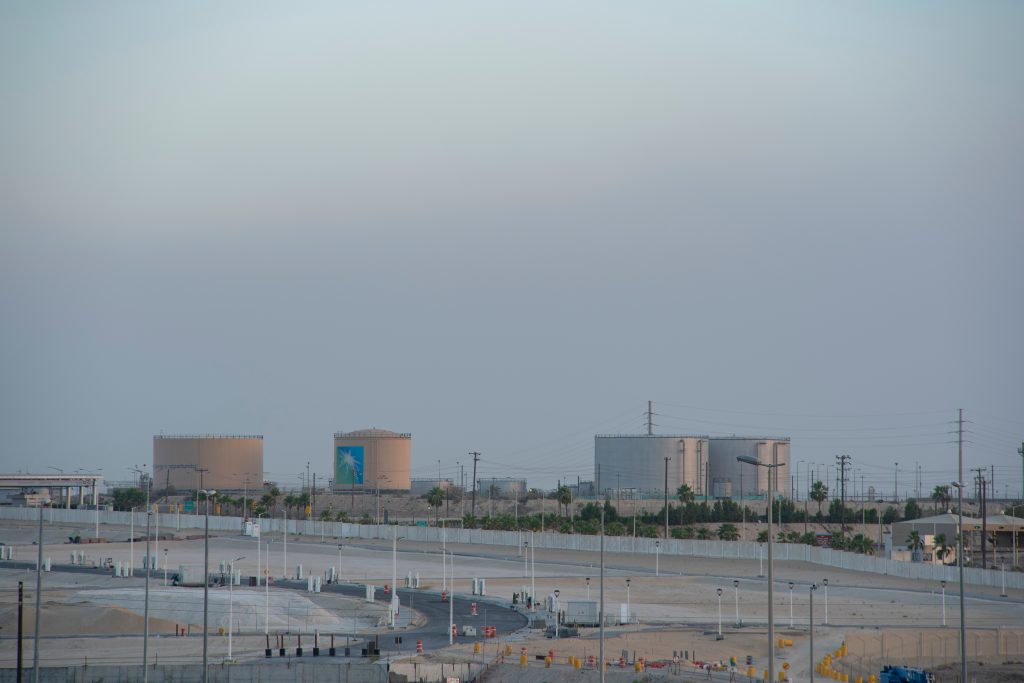The Saudi Arabian oil colossus, Aramco, has disclosed its financial outcomes for the past year, with profits amounting to US$121 billion. This figure, although impressive, shows a decline from the company’s 2022 record earnings due to a dip in energy prices.
According to Aramco, the earnings represent the second highest in the firm’s history. This comes at a time when OPEC+ nations, including Aramco’s home country, have been strategically reducing oil output in efforts to elevate the prices of global energy. This decrease in profits has had significant implications for the country’s ambitious developmental initiatives, which are a part of a broader strategy led by the assertive Crown Prince to diversify the kingdom’s economy beyond oil revenue.
In the preceding year, 2022, Aramco had announced an astounding US$161 billion in profit, which is speculated to be the largest ever reported by a publicly listed company.
The decrease mainly reflects the impact of lower crude oil prices and lower volumes sold, and weakening refining and chemicals margins,
the company explained in a statement to the Tadawul stock market.
Notwithstanding the downturn, Aramco has increased dividends to its shareholders to in excess of US$31 billion for the last quarter of the year, as revealed by market filings.
Overall revenue for Aramco in the noted year was US$440 billion, a decrease from US$535 billion in 2022. Aramco’s CEO, Amin H. Nasser, has emphasized the company’s resilience and flexibility, which have been critical in maintaining substantial cash flows and profitability amidst challenging economic conditions.
The oil giant, officially known as the Saudi Arabian Oil Company, reported an average production rate of 12.8 million barrels of oil per day. This level of output is maintained as per directives from the Saudi government, counter to earlier intentions to augment production.
Saudi Arabia, a pivotal member of the OPEC cartel, has formed an alliance with Russia and other non-member countries to manage production levels with an aim to prop up international oil prices. The benchmark for Brent crude was recorded below US$82 per barrel recently.
With a market capitalization of US$2 trillion, Aramco stands as the fourth most valuable corporation globally, trailing behind tech giants Apple, Microsoft, and NVIDIA.
The cost-effective oil extraction in Saudi Arabia, due to accessible reserves, is a cornerstone for Crown Prince Mohammed bin Salman’s vision. He seeks to leverage the oil wealth to transition the economy towards other ventures, including the ambitious US$500 billion project of a futuristic desert city named Neom. The kingdom is also actively investing in mega-projects, sports, and various international sectors to reduce its economic dependency on oil.
However, this profit announcement has not been without criticism. Environmental activists have raised concerns over the impact of fossil fuel combustion on climate change.
In a strategic move last Thursday, Prince Mohammed assigned an additional 8% of Aramco shares to the nation’s sovereign wealth fund, the Public Investment Fund (PIF), valued at over US$160 billion. Although the vast majority of Aramco remains under the Al Saud royal family’s ownership, a fraction is publicly traded on the Tadawul stock exchange.
The PIF plays a crucial role in the Crown Prince’s Saudi Vision 2030, which is aimed at diversifying and bolstering the national economy. The recent share transfer is seen as a step to reinforce PIF’s financial robustness and creditworthiness.
Following the share transfer, the kingdom’s stake in Aramco now stands at 82.186%, as per official statements.
